Bologna Piazza Maggiore
- Maria Scuor
- Feb 19, 2024
- 10 min read
Updated: Feb 23, 2024
Italiano in ogni sezione

Gianni and I spent a night in Bologna and we should have spent two. There is so much to see in this beautiful city that one night wasn’t enough. Bologna is the capital and largest city of Emilia-Romagna region of Italy, with over 400,000 in the city and over 1 million people in its metropolitan area. It is known as Fat City for its rich cuisine and Red City for its red roofs. It is also called the Learned City is it is home to the University of Bologna, which is the oldest university in the world.
Traces of human habitation goes back to 3rd millennium BCE. The Etruscan civilization reached the area around the 7th century and the city was called Felsina. The Gauls (Celtic) occupied the territory by the 4th century and became known as Bona. In 196 BCE, it became the Roman colony named Bononia which later became Bologna in Italian. Conquered many times, Bologna changed kingdoms several times over. On 11 and 12 March 1860, the people of Bologna voted to join the new Kingdom of Italy. Even after much damage in 1944, Bologna historic center is second largest and contains important medieval, renaissance and baroque buildings and monuments. Here is some amazing documentation on this incredibly beautiful city.
Io e Gianni abbiamo passato una notte a Bologna e avremmo dovuto passarne due. C'è così tanto da vedere in questa bellissima città che una notte non è stata sufficiente. Bologna è il capoluogo e la città più grande dell'Emilia-Romagna, con oltre 400.000 abitanti in città e oltre 1 milione di persone nella sua area metropolitana. È conosciuta come la Città Grassa per la sua ricca cucina e la Città Rossa per i suoi tetti rossi. È chiamata anche la Città Dotta perché ospita l'Università di Bologna, che è la più antica università del mondo.
Tracce di insediamenti umani risalgono al III millennio a.C. La civiltà etrusca raggiunse la zona intorno al VII secolo e la città prese il nome di Felsina. I Galli (celtici) occuparono il territorio nel IV secolo e divennero noti come Bona. Nel 196 a.C. divenne la colonia romana di Bononia, che in seguito divenne Bologna in italiano. Conquistata più volte, Bologna cambiò più volte regno. L'11 e il 12 marzo 1860 i bolognesi votarono per l'adesione al nuovo Regno d'Italia. Anche dopo i molti danni subiti nel 1944, il centro storico di Bologna è il secondo più grande e contiene importanti edifici e monumenti medievali, rinascimentali e barocchi. Ecco un'incredibile documentazione su questa città incredibilmente bella.
Here are some photos of the sights around Bologna - Ecco delle foto giro Bologna
Piazza Maggiore
Construction of Piazza Maggiore the main square in Bologna with Palazzo del Podestà started in 1200. The piazza is one of the oldest and biggest ones in Italy and is the heart of the city and has been the center of political and social life since the 13th century. Originally built for open-air markets and was the biggest market until mid-1800s with goods coming from all over the world.
There are so many architectural wonders in Piazza Maggiore with loads of history. Here are the highlights of this beautiful piazza:
La costruzione di Piazza Maggiore, la piazza principale di Bologna con il Palazzo del Podestà, iniziò nel 1200. La piazza è una delle più antiche e grandi d'Italia ed è il cuore della città ed è stata il centro della vita politica e sociale fin dal XIII secolo. Originariamente costruito per i mercati all'aperto ed è stato il più grande mercato fino alla metà del 1800 con merci provenienti da tutto il mondo.
Ci sono così tante meraviglie architettoniche in Piazza Maggiore con un sacco di storia. Ecco i punti salienti di questa bellissima piazza:
San Petronio Basilica is an Italian Gothic style church which construction began in 1390 and was going to be a civic temple. It is large, measuring 132 m long, 66 m wide and 47 m tall. The façade was started in 1538 by Giacomo Ranuzzi, however it has never been finished. The entrance door is decorated with scenes of the Old Testament on the pillars. There are two side doors as well. The bell tower was built in 1487 and central nave was completed in 1663.
Inside the basilica, the altar contains a 15th century wooden crucifix, the intricate ciborium (cover) of the main alter was built in 1547. The nave contains an amazing 22 side chapels, which each are stunning in their own right. In 2005 five men with ties to Al Qaeda, were arrested on suspension of blowing up the basilica. The intent was to destroy the 15th century fresco by Giovanni da Modena and based on Dante Alighieri’s Divine comedy, which depicts Muhammad in the 8th circle of hell. To this day there are armed guards at the entrance door.
La Basilica di San Petronio è una chiesa in stile gotico italiano la cui costruzione iniziò nel 1390 e doveva diventare un tempio civico. È grande, misura 132 m di lunghezza, 66 m di larghezza e 47 m di altezza. La facciata fu iniziata nel 1538 da Giacomo Ranuzzi, ma non è mai stata terminata. La porta d'ingresso è decorata con scene dell'Antico Testamento sui pilastri. Ci sono anche due porte laterali. Il campanile fu costruito nel 1487 e la navata centrale fu completata nel 1663.
All'interno della basilica, l'altare contiene un crocifisso ligneo del XV secolo, l'intricato ciborio dell'altare maggiore è stato costruito nel 1547. La navata contiene ben 22 cappelle laterali, ognuna delle quali è stupenda a sé stante. Nel 2005 cinque uomini legati ad Al Qaeda sono stati arrestati con l'accusa di aver fatto saltare in aria la basilica. L'intento era quello di distruggere l'affresco quattrocentesco di Giovanni da Modena e basato sulla Divina Commedia di Dante Alighieri, che raffigura Maometto nell'ottavo cerchio dell'inferno. Ancora oggi ci sono guardie armate alla porta d'ingresso.
Here is a TikTok video and photos of San Petronio Basilica – Ecco un video di TikTok e foto di Basilica di San Petronio
Palazzo del Podestà was built in 1200 as the seat of the podesta (chief magistrate) and the various functionaries of the commune. Not being sufficient enough to host the massive amount of people in the city’s government, Palazzo Re Enzo and the Torre dell'Arengo was built in 1245. The bells would ring to call the people to the palazzo in times of emergency. The palazzo is a long building with large upper floor and the lower floor is double open arcade with two lanes of shops. The original Gothic façade was replaced with a Renaissance style in 1453 and in 1525 statues of the city protectors Sts. Petronius, Proculus, Dominic and Francis were placed. Between the 16 – 18th centuries the building was used as a theater.
Il Palazzo del Podestà fu costruito nel 1200 come sede del podestà e dei vari funzionari del comune. Non essendo sufficiente per ospitare l'enorme quantità di persone nel governo della città, Palazzo Re Enzo e la Torre dell'Arengo furono costruiti nel 1245. Le campane suonavano per chiamare la gente al palazzo nei momenti di emergenza. Il palazzo è un lungo edificio con un ampio piano superiore e il piano inferiore è a doppio porticato aperto con due corsie di negozi. L'originale facciata gotica fu sostituita con uno stile rinascimentale nel 1453 e nel 1525 furono collocate le statue dei protettori della città dei Santi Petronio, Procolo, Domenico e Francesco. Tra il XVI e il XVIII secolo l'edificio fu adibito a teatro.
Originally Palazzo di Re Enzo (King Enzo Palace) was built as an extension of the municipal building in 1246, however it was named Palazzo di Re Enzo when the King Enzo of Swabia was imprisoned in this palace from 1249 until his death in 1272. Legend states that the king spent time with prisoners in the day time, but at night he was isolated in a cage hung from the ceiling under constant surveillance. The municipality allowed him to have female visits and had three legitimate and one illegitimate child. He lived a good life in the palace even though he was a prisoner.
Originariamente Palazzo di Re Enzo fu costruito come ampliamento del palazzo comunale nel 1246, tuttavia fu chiamato Palazzo di Re Enzo quando il re Enzo di Svevia fu imprigionato in questo palazzo dal 1249 fino alla sua morte nel 1272. La leggenda narra che il re trascorreva del tempo con i prigionieri durante il giorno, ma di notte era isolato in una gabbia appesa al soffitto sotto costante sorveglianza. Il comune gli permise di avere visite femminili e aveva tre figli legittimi e uno illegittimo. Viveva una buona vita nel palazzo anche se era prigioniero.
Palazzo D’Accursio has a statue of Bologna’s native Pope Gregory XIII, which blesses people passing by. The building had three courtyards, one for storing weapons, one for serving the prison and one for hosting guests. Fun fact – the Gregorian internationally used calendar takes name from Pope Gregory XIII, who introduced it in 1582. It is a solar calendar which is based on the cycle of the seasons. It was built at the end of the 1200s by important jurist law professor Accursio, which the building is named after. It became a seat of the Municipal Authority in 1336 and the clock tower was built in mid-15th century. It currently holds Municipal Art Collections of Bologna and Morandi Museum.
The Clock Tower (Torre dell’Orologio) was added to the façade of Palazzo D’Accursio in 1444 when the Municipality of Bologna bought the house. The huge mechanical clock was originally added to mark daytime, specifically midday, but since 1451 it has rung every hour on the hour. The fire of 1498 meant renovations had to be made and the tower reached its current height of 36.2 m. In 1887, Raffaele Faccioli restored the tower to give it its Medieval appearance.
A Palazzo D'Accursio si trova una statua di Papa Gregorio XIII, nativo di Bologna, che benedice i passanti. L'edificio aveva tre cortili, uno per il deposito delle armi, uno per servire la prigione e uno per ospitare gli ospiti. Curiosità: il calendario gregoriano utilizzato a livello internazionale prende il nome da Papa Gregorio XIII, che lo introdusse nel 1582. Si tratta di un calendario solare che si basa sul ciclo delle stagioni. Fu costruito alla fine del 1200 dall'importante giurista professore di diritto Accursio, da cui l'edificio prende il nome. Divenne sede dell'Amministrazione Comunale nel 1336 e la torre dell'orologio fu costruita a metà del XV secolo. Attualmente ospita le Collezioni Comunali d'Arte di Bologna e il Museo Morandi.
La Torre dell'Orologio fu aggiunta alla facciata di Palazzo D'Accursio nel 1444 quando il Comune di Bologna acquistò la casa. L'enorme orologio meccanico è stato originariamente aggiunto per segnare il giorno, in particolare il mezzogiorno, ma dal 1451 suona ogni ora all'ora. L'incendio del 1498 rese necessari dei lavori di ristrutturazione e la torre raggiunse l'altezza attuale di 36,2 m. Nel 1887 Raffaele Faccioli restaurò la torre per darle l'aspetto medievale.
Here is a TikTok video and photos of The Clock Tower and the views – Ecco un video di TikTok e foto della Torre dell’Orologio e le viste
Municipal Art Collections Museum – Collezione Comunali d’Arte
With the Clock Tower entrance allowed us to stroll through the Municipal Art Collections Museum for Free. Instituted in 1936 and located on the second floor of Palazzo d’Accursio, in the elaborate settings of what were once the official quarters of the papal legate.
It has an impressive collection of paintings, sculptures, statues, artifacts, antiques, busts, furniture and accessories that date from the 13th and 20th centuries. Some were in the original building while most were donated to the city of Bologna.
Con l'ingresso alla Torre dell'Orologio, ci ha permesso di passeggiare gratuitamente nel Museo delle Collezioni Comunali d'Arte. Istituita nel 1936 e situata al secondo piano di Palazzo d'Accursio, negli elaborati allestimenti di quelli che un tempo erano gli alloggi ufficiali del legato pontificio.
Ha un'impressionante collezione di dipinti, sculture, statue, manufatti, oggetti d'antiquariato, busti, mobili e accessori che risalgono al XIII e al XX secolo. Alcuni si trovavano nell'edificio originale, mentre la maggior parte sono stati donati alla città di Bologna.
Palace of Notaries (Palazzo dei Notai) is a building that was built by the “Society of Notaries” aiming to make it their headquarters. In 1381, the part that overlooks the Basilica of San Petronio was built and in 1487, the part that overlooks Palazzo d’Accursio was built. Inside there are 15th century frescos and coat of arms of the notaries. The building was totally restored in 1908 and on the main floor, there is a large room called Sala dei Notai, which is used for many initiatives by the Municipality of Bologna.
Il Palazzo dei Notai è un edificio che fu costruito dalla "Società dei Notai" con l'obiettivo di farne la propria sede. Nel 1381 fu costruita la parte che si affaccia sulla Basilica di San Petronio e nel 1487 fu costruita la parte che si affaccia su Palazzo d'Accursio. All'interno si trovano affreschi quattrocenteschi e stemmi dei notai. L'edificio è stato totalmente restaurato nel 1908 e al piano nobile si trova una grande sala chiamata Sala dei Notai, che viene utilizzata per molte iniziative del Comune di Bologna.
Palace of Banks (Palazzo di Banchi) built in 1568, was the last building to be built in Piazza Maggiore. The name comes from the banks that practiced in money exchange desks, which were the first banking entity in history. Designed by Vingola (Jacopo Barozzi), the Renaissance style façade was built to cover the market streets behind it. They had to remove many homes and store-fronts to accommodate the palazzo. The asymmetric façade has 15 round arches, two which are larger and lead to the markets behind the palazzo.
Palazzo di Banchi, costruito nel 1568, fu l'ultimo edificio ad essere costruito in Piazza Maggiore. Il nome deriva dalle banche che esercitavano nei banchi di cambio valuta, che sono stati la prima entità bancaria della storia. Progettata da Vingola (Jacopo Barozzi), la facciata in stile rinascimentale fu costruita per coprire le vie del mercato retrostanti. Hanno dovuto rimuovere molte case e vetrine per ospitare il palazzo. La facciata, asimmetrica, presenta 15 archi a tutto sesto, due dei quali più grandi e conducono ai mercati retrostanti il palazzo.
Neptune Square (Piazza del Nettuno) is located on the edge of Piazza Maggiore and you can get an incredible view of Piazza Maggiore from it. It was created in 1564 to make room for the famous fountain with the bronze statue of Neptune. The statue was commissioned by Cardinal Legate Charles Borromeo to honor the election of his uncle as Pope Pius IV. The statue alone is approximately 320 cm (10.5 ft) high. During the both world wars, the statue was removed and stored not to have it destroyed. The fountain’s trident inspired the Maserati brothers to use the trident as their coat of arms for their first car the Maserati Tipo 26, later being adopted as their company logo
Piazza del Nettuno si trova ai margini di Piazza Maggiore e da qui si gode di un'incredibile vista su Piazza Maggiore. Fu creata nel 1564 per far posto alla famosa fontana con la statua bronzea del Nettuno. La statua fu commissionata dal cardinale legato Carlo Borromeo per onorare l'elezione di suo zio a papa Pio IV. La statua da sola è alta circa 320 cm. Durante le due guerre mondiali, la statua fu rimossa e conservata per non distruggerla. Il tridente della fontana ispirò i fratelli Maserati a utilizzare il tridente come stemma per la loro prima vettura, la Maserati Tipo 26, che in seguito fu adottata come logo aziendale





















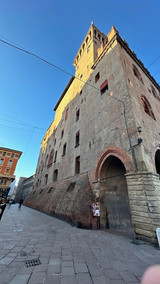









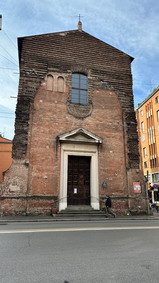

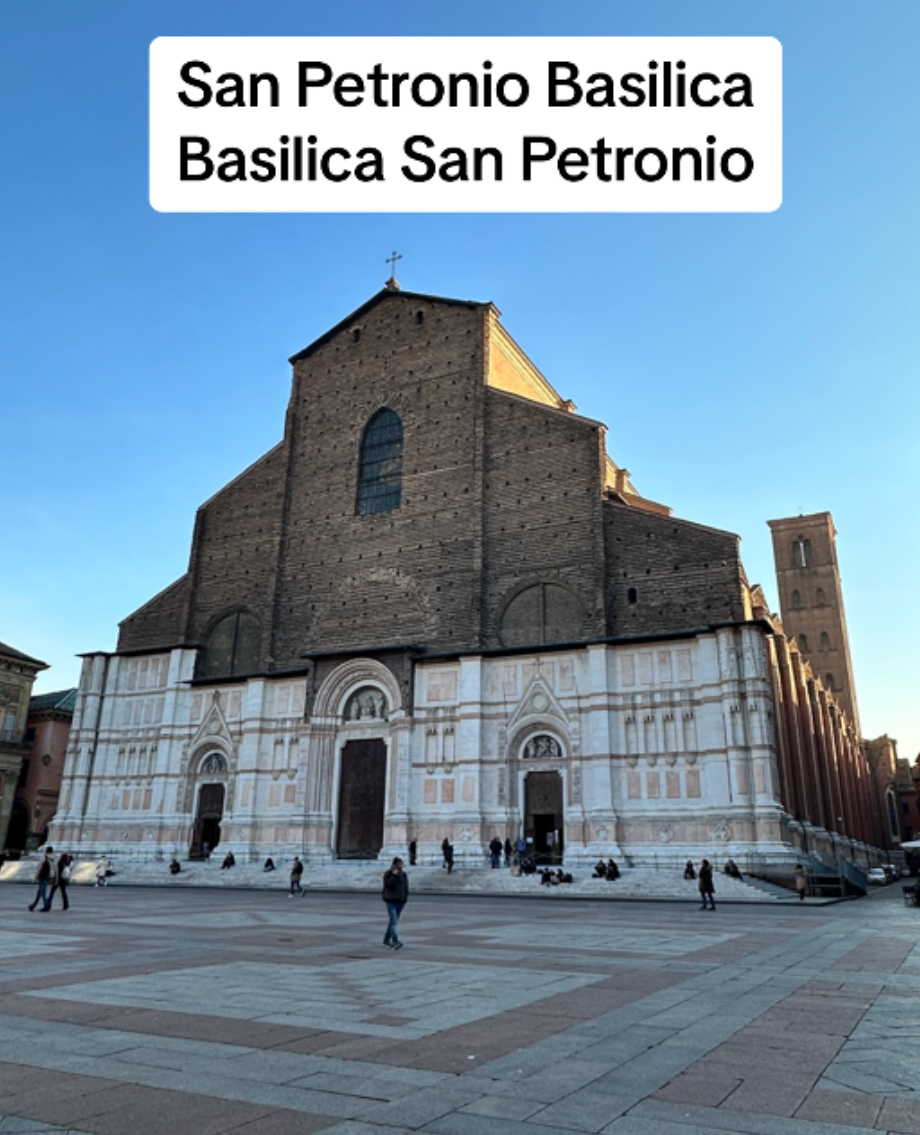





































































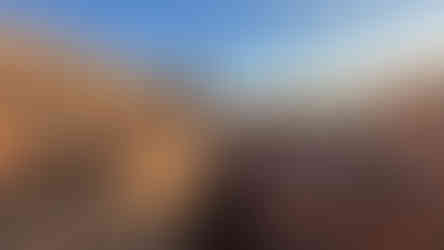






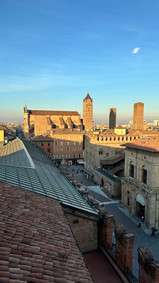

















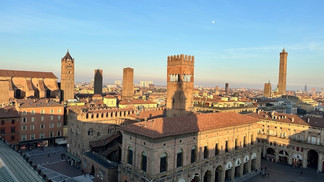














































Yorumlar